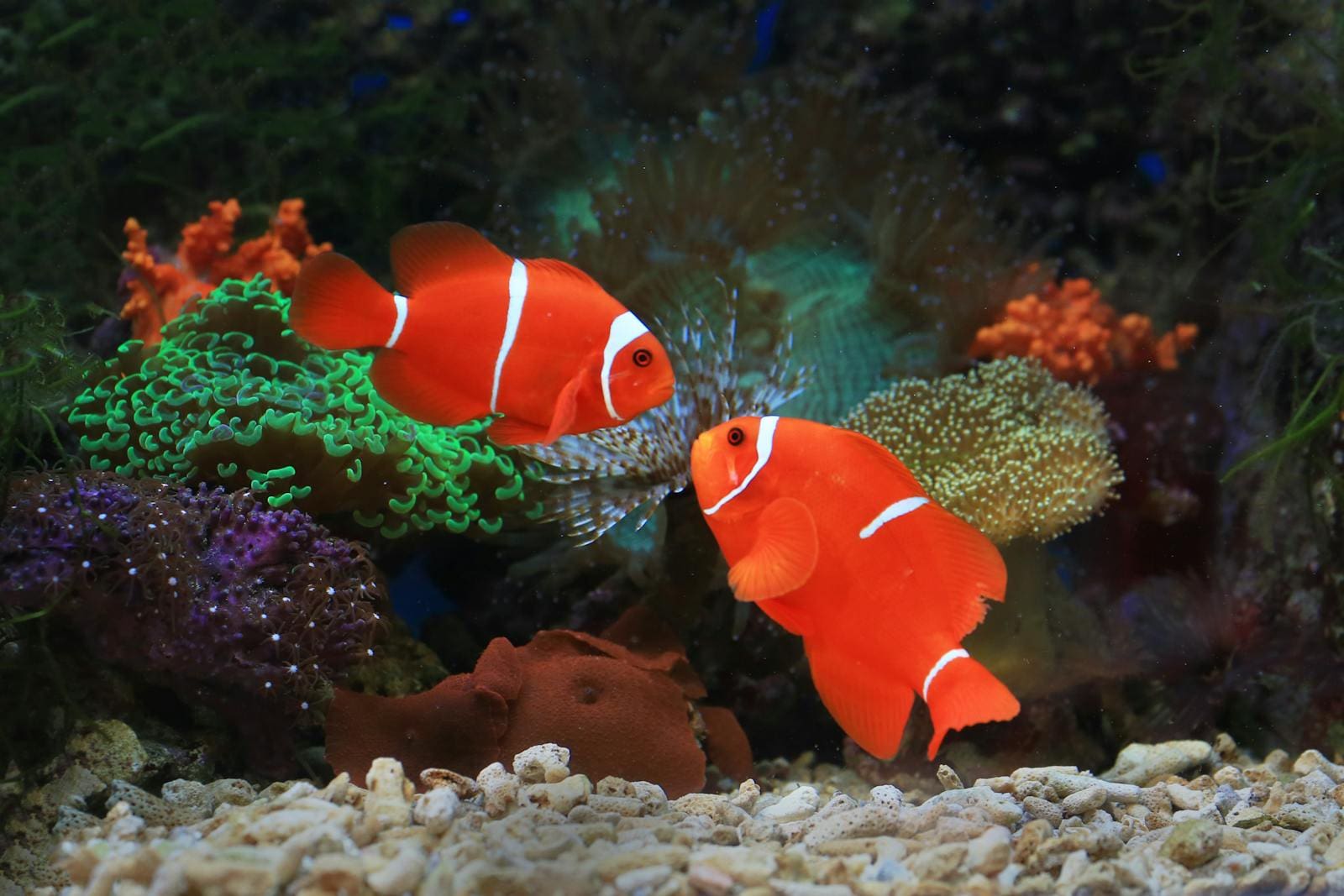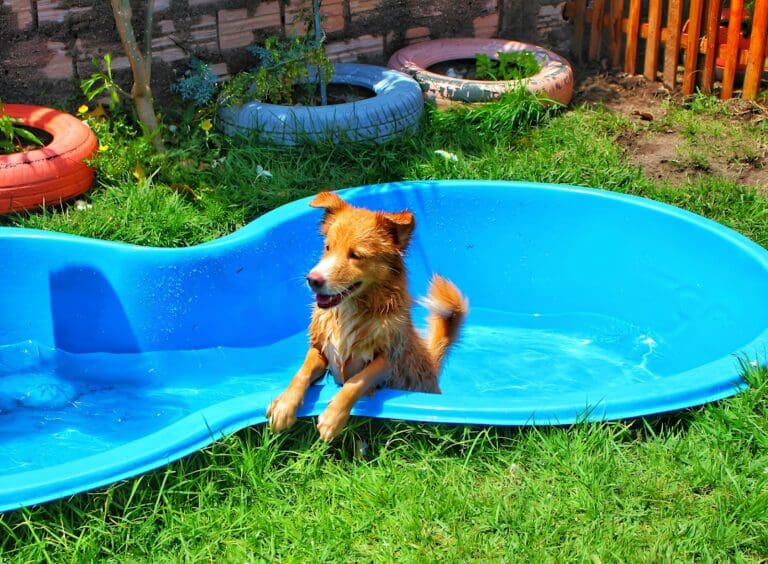Setting up a saltwater aquarium can be a rewarding but challenging experience. Unlike freshwater tanks, saltwater systems require more precision, patience, and knowledge to create a thriving ecosystem.
Before you dive in, here are 10 essential secrets every beginner must know to avoid costly mistakes and keep their marine life healthy.
10. Common Beginner Mistakes to Avoid
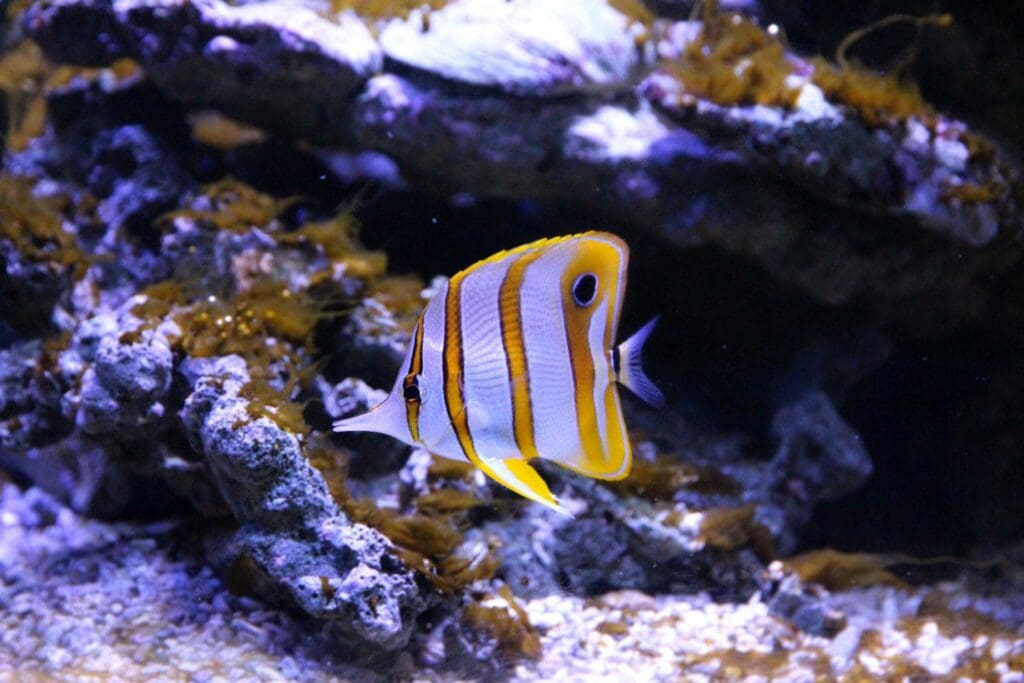
Avoid rushing the setup process, overfeeding fish, and neglecting water changes. Don’t overcrowd the tank or mix incompatible species. Maintain proper salinity levels and invest in quality equipment. Research thoroughly before adding new inhabitants, and be patient with the cycling process. Regular testing and monitoring are crucial for success.
9. Cycling the Tank: Patience is Key
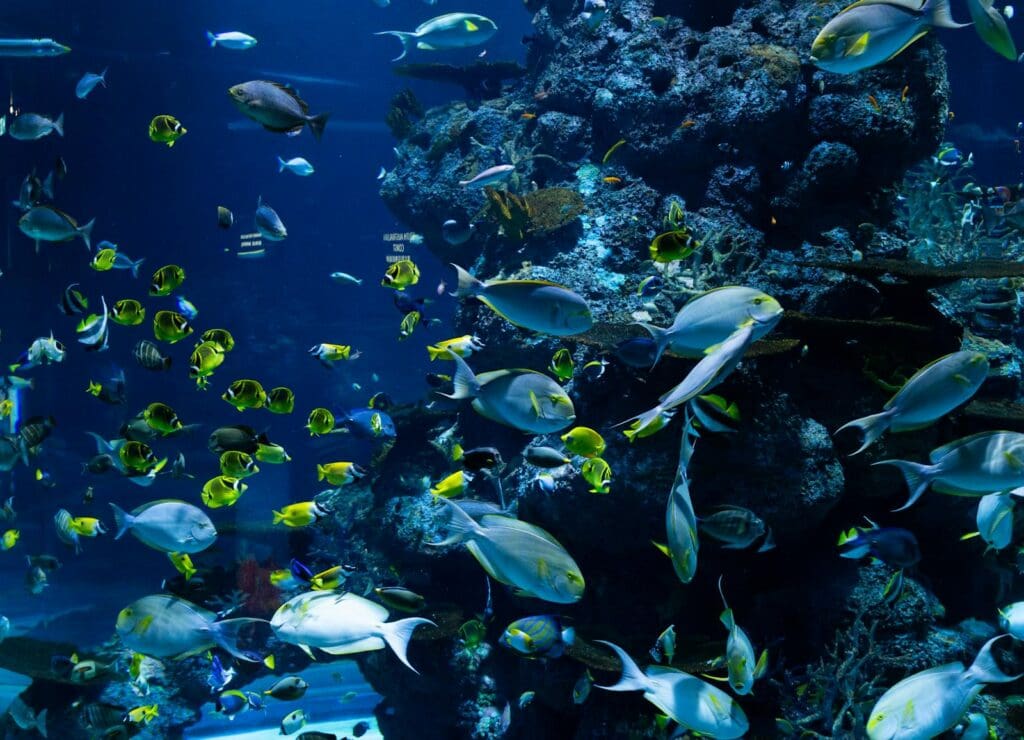
Cycling your saltwater aquarium is crucial for establishing beneficial bacteria that break down harmful waste. This process typically takes 4-6 weeks and involves monitoring ammonia, nitrite, and nitrate levels. Patience is essential during this phase, as rushing can lead to fish loss. Avoid adding livestock until the cycle is complete to ensure a stable, healthy environment for your marine life.
8. Importance of Quarantine Procedures
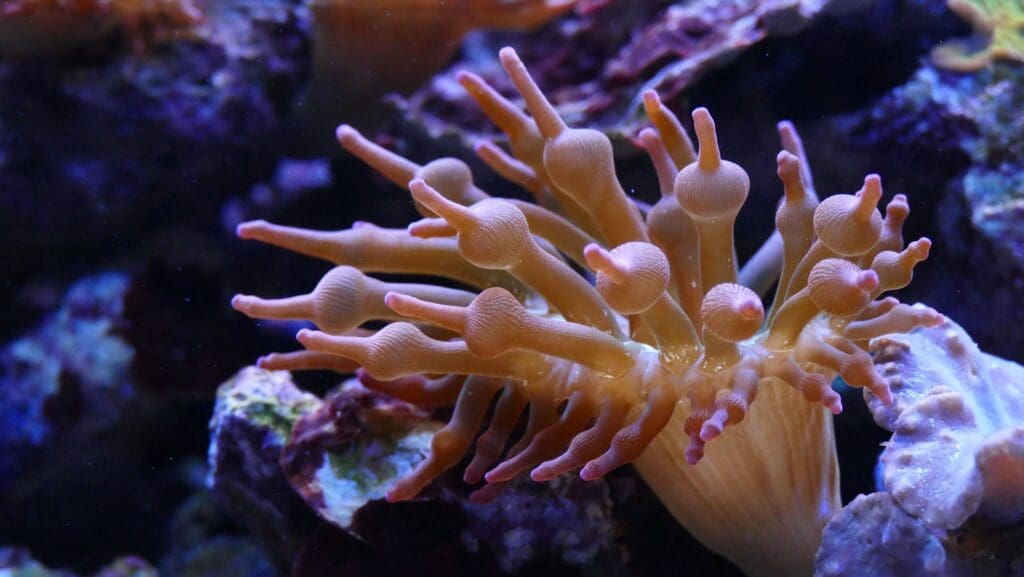
Quarantining new fish is crucial for maintaining a healthy saltwater aquarium. Set up a separate tank to isolate new arrivals for at least 15 days, treating them for common diseases like ich and flukes. This practice prevents the introduction of pathogens to your main tank, protecting your established marine community and ensuring the well-being of new additions.
7. Lighting Considerations for Coral Growth

Proper lighting is crucial for coral growth in saltwater aquariums. Most corals need a full spectrum of light, with emphasis on the blue range. LED lights are popular due to their efficiency and control options. Aim for a color temperature between 10,000K to 20,000K to mimic natural reef conditions. Adjust intensity based on coral species and tank depth.
6. Maintenance Time Commitment
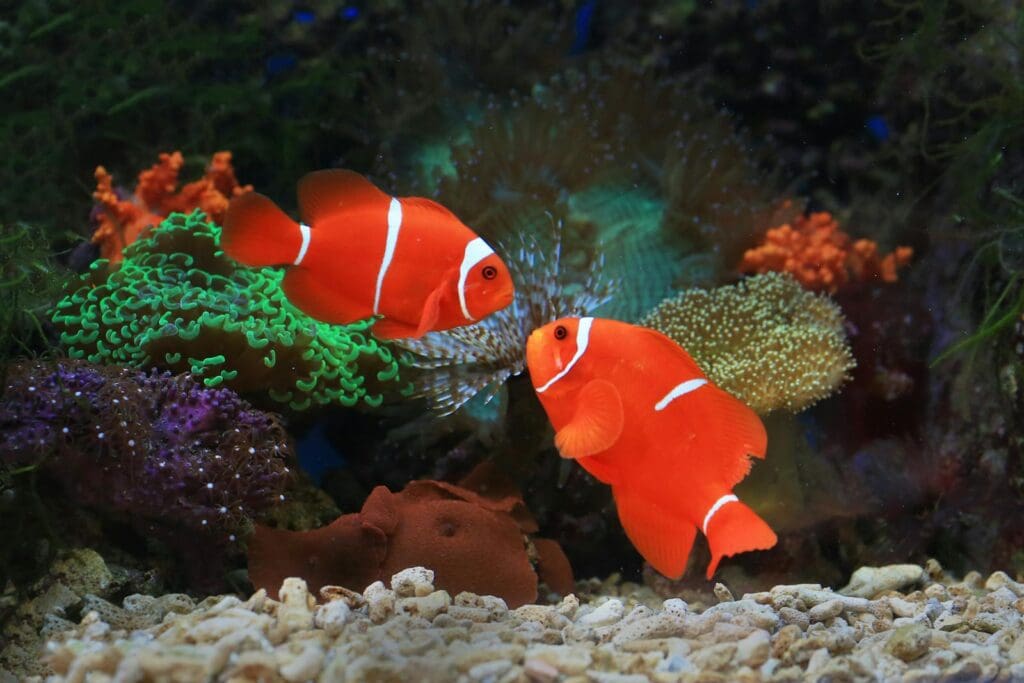
Maintaining a saltwater aquarium requires a significant time investment. Daily tasks include feeding fish, topping off evaporated water, and inspecting livestock. Weekly chores involve water testing and equipment checks. Bi-weekly to monthly tasks include water changes (10-20%) and deep cleaning. Expect to spend 15-30 minutes daily and 1-2 hours weekly on maintenance.
5. Choosing Compatible Fish and Coral Species
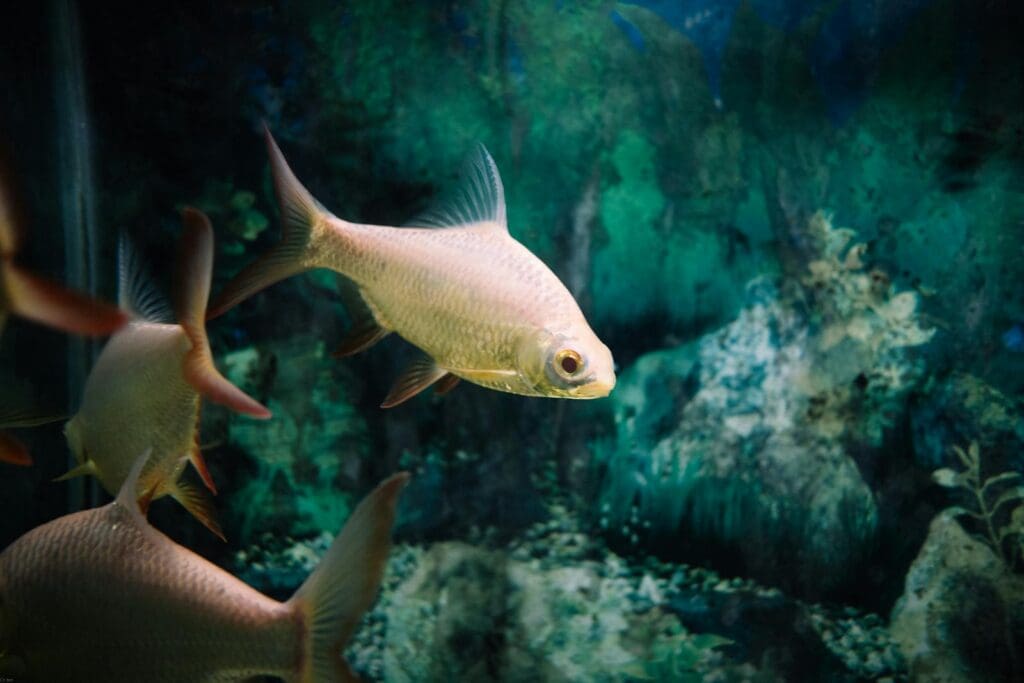
Selecting compatible species is crucial for a thriving saltwater aquarium. Use compatibility charts to guide your choices, keeping in mind factors like aggression levels and dietary habits. Generally, maintain at least 6 inches between different coral species to prevent chemical warfare. For fish, consider peaceful species like gobies, clownfish, and cardinals for reef tanks.
4. Water Chemistry Basics
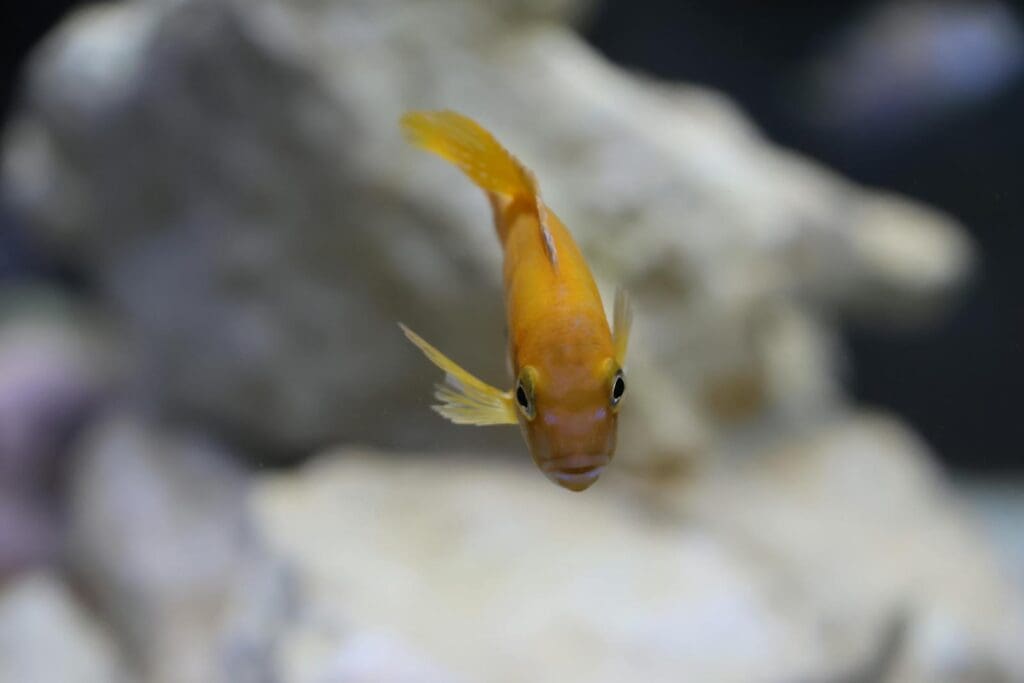
Maintaining proper water chemistry is crucial for a healthy saltwater aquarium. Key parameters to monitor include salinity (1.020-1.025 specific gravity), pH (7.8-8.4), ammonia (0 ppm), nitrite (0 ppm), and nitrate (<10 ppm). Regular testing and adjustments are essential for the well-being of marine life. Invest in quality test kits and learn to interpret results accurately.
3. Initial and Ongoing Costs
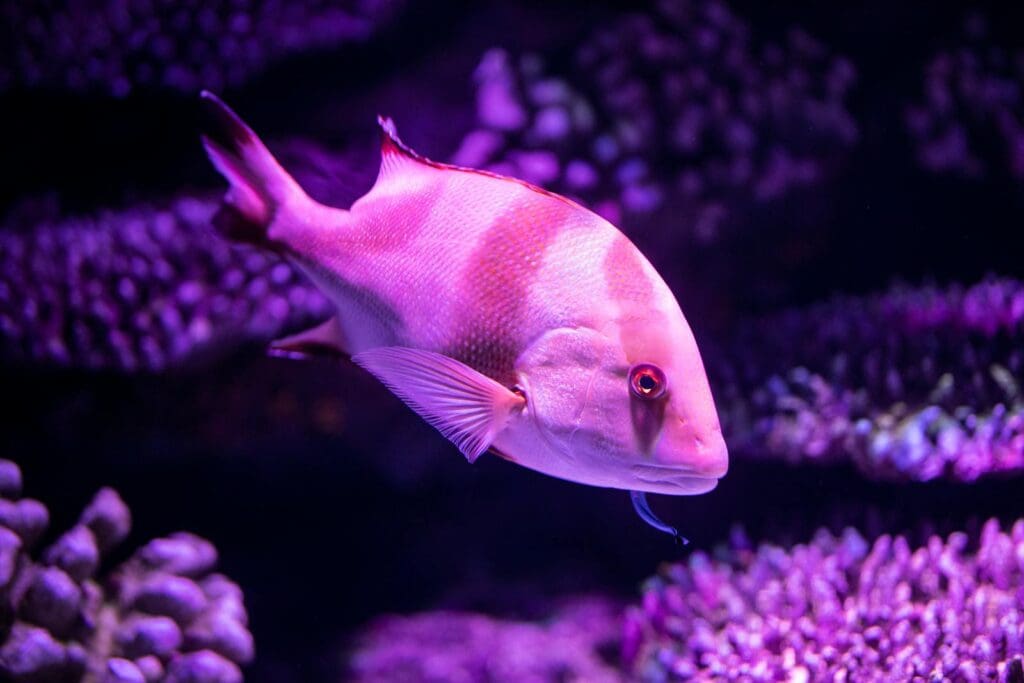
Setting up a saltwater aquarium can be costly. Initial expenses for a 90-gallon tank typically range from $1,500 to $3,000, including equipment and livestock. Monthly costs average $50 to $100 for electricity, water changes, and food. Larger or more complex systems may incur higher expenses. Budget carefully and consider long-term commitments before diving in.
Read More: 10 Things People Get Wrong About Pet Fish
2. Essential Equipment Checklist

A successful saltwater aquarium requires specific equipment. Key items include a tank, stand, filtration system, protein skimmer, heater, thermometer, lighting, powerheads for water circulation, and a hydrometer or refractometer to measure salinity. Don’t forget essential maintenance tools like a water testing kit and gravel vacuum.
Read More: How to Choose the Right Size Aquarium
1. Tank Size and Space Requirements
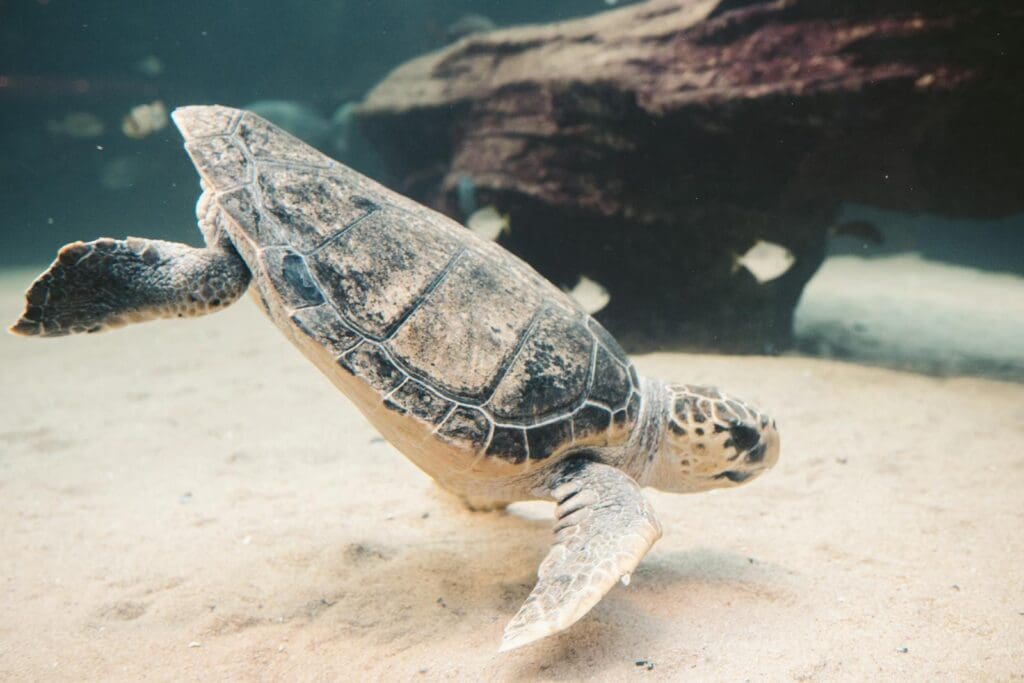
For beginners, a 40-60 gallon tank is ideal. Larger tanks provide more stability and are easier to maintain. Consider the weight (about 10 lbs per gallon) and space requirements. Place the tank on a sturdy stand in a low-traffic area, away from direct sunlight and heat sources. Ensure your floor can support the weight, especially on upper levels.
Read More: Saltwater Fish Tank Tips for Beginners

